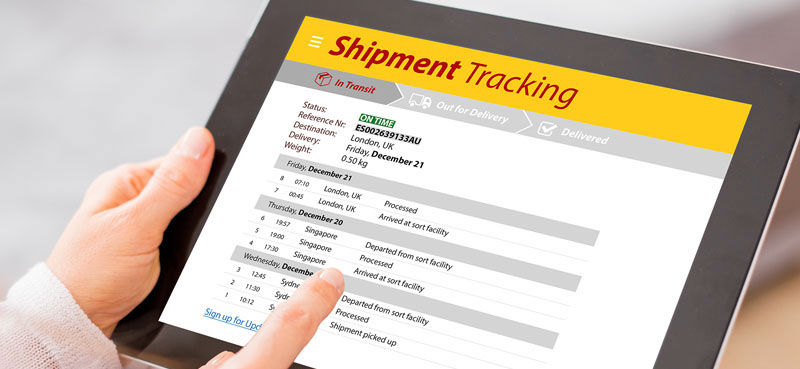You’ve started a new company, and your new company depends on everything you do. It’s key to make every minute count. But where to start?
We live in an age where everything needs to be done faster and earlier. Nowhere is this more apparent than in e-commerce. Orders are now fulfilled in time frames – such as same-day delivery – considered impossible not long ago. How best to adapt to this race? Automation of services is an obvious route, but is it always the best solution for your business to take? A distinction needs to be made here between what could be made more efficient vs. what should be made more efficient.
1. Don’t reinvent the wheel
In some circumstances, off-the-shelf solutions can already exist. Take Shopify as an example. Shopify is a complete e-commerce solution that allows you to set up your own online store. It enables you to easily organize your products, customize your storefront, accept credit card payments and track and respond to orders. It is particularly effective as a ready-made software package for online stores. In most scenarios, it will be significantly more efficient to use a ready-made solution rather than developing your own bespoke version.
2. Efficiency vs. personalization
There needs to be a tangible benefit to increasing efficiency rather than increasing for mere efficiency’s sake. Care needs to be taken to ensure that it doesn’t come at the expense of something else. Too much efficiency can make a service feel inhuman and lack engagement. This brings us back to evaluating what can be made more efficient vs. what should be made more efficient. SME businesses would do well to study the distinction.
3. An eye to the future
With improved software and platforms available, it becomes possible to have both increased efficiency and personalization. Both Magento 2 and Monetate seek to improve customer experience within e-commerce by replacing seemingly random next purchase suggestions with relevant recommendations and search results, based on a customer’s recent online activity and brand interactions. It’s like walking into a store where the salespeople know you and what you like.
4. Conversational interfaces and chatbots
Still quite basic at present, future iterations will feel more intuitive and closer to actual conversation. Though these interactions will use Artificial Intelligence, the level of personalization they will offer will increase significantly, which will let business owners concentrate on other areas of their business. Subscription-based models, have two main benefits – they create a predictable revenue stream and also free up management time. After all, if revenue is steady, you can concentrate on other tasks.
5. Data as a service vs. big data
Reap the benefits
To make e-minutes count, business owners should be seeking to optimize their business offering for the benefit of both customer and business alike. The continuing growth of e-commerce and online orders means challenges and opportunities arise relating to logistics and delivery. Home business is on the rise and stores are operating out of smaller spaces that double up as showrooms, fitting rooms and drop off locations. These changes mean that efficient systems and prompt delivery are not only necessary – they’re expected.




